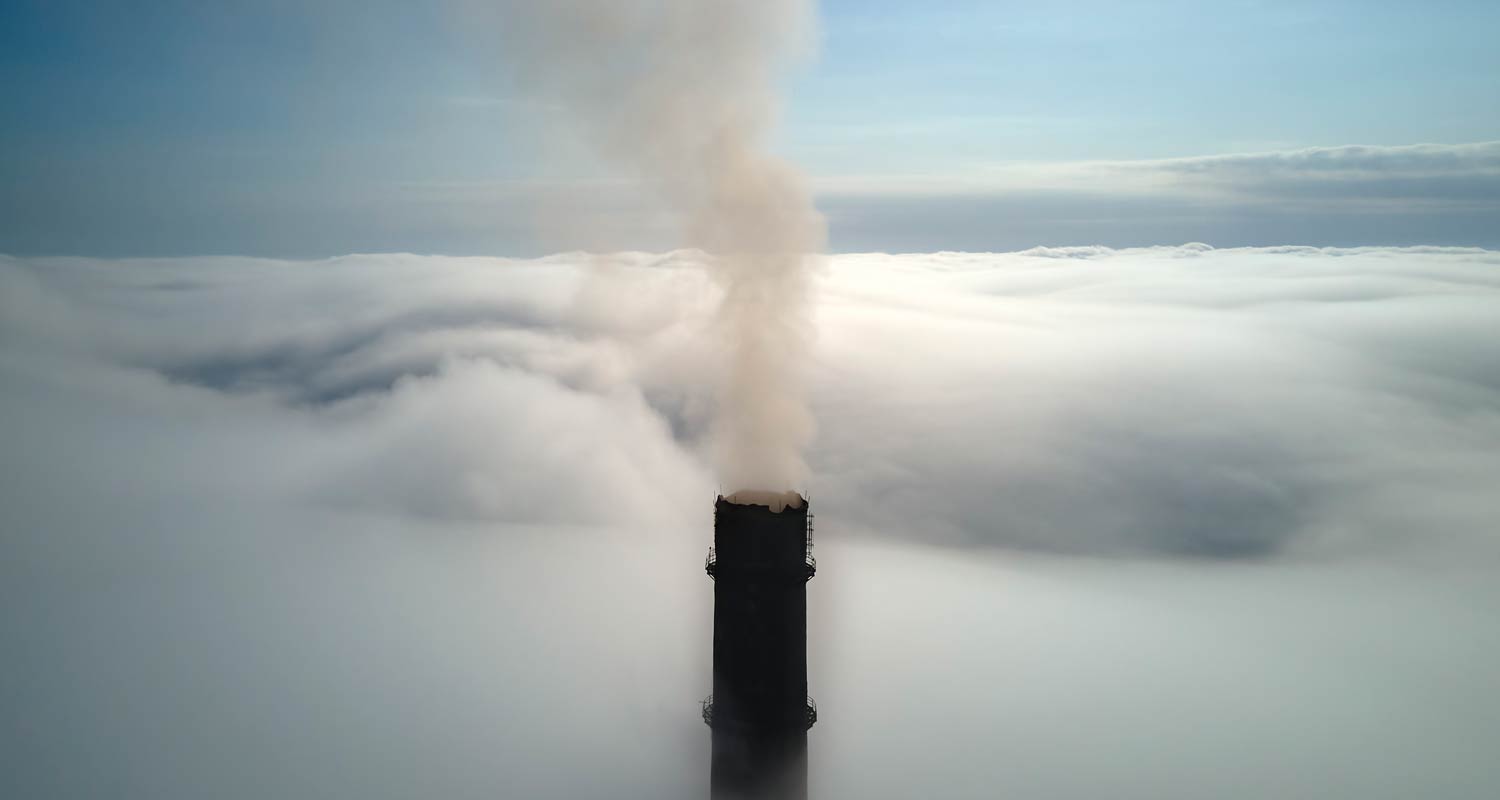 Eskom, stung by reports about the health impacts of emissions from burning coal, said it’s spending billions of dollars to reduce them and has an ambitious target to reduce output of one of its most dangerous pollutants.
Eskom, stung by reports about the health impacts of emissions from burning coal, said it’s spending billions of dollars to reduce them and has an ambitious target to reduce output of one of its most dangerous pollutants.
The state-owned utility said it’s committed to a R67-billion plan to cut emissions and by 2035 aims to reduce its output of particulate matter by 70%.
Last week, the Helsinki-based Centre for Research on Energy and Clean Air said a government proposal to delay the closure of the plants in a bid to bolster energy security could result in the death of tens of thousands of people from respiratory diseases, heart attacks and strokes.
Eskom, which is based in Johannesburg, said it has already shut down one coal-fired plant and a number of units at others.
“Eskom has developed station specific recovery plans for each station, and these include emission-improvement plans which are being implemented and are beginning to show success,” the company said in a response to queries.
Still, in the six months to 30 September, the company’s particulate emissions were at a 31-year high and 42 times the level of plants in China, the world’s biggest producer of power from coal.
The company’s emissions are becoming a threat to its operations. It’s been charged criminally for breaching emission limits at its Kendal power plant and environment minister Barbara Creecy is currently considering an appeal against an order from the government that it comply with limits at a number of plants or shut down 16GW of generating capacity.
Read: South Africa to probe deaths caused by Eskom pollution
Greenpeace said in a report last month that the company operates five of the world’s biggest single source nitrogen-dioxide emission sites and two of the worst sulphur-dioxide sites. Both gases cause a range of at times fatal ailments. Eskom has questioned the methodology used by Greenpeace. — (c) 2024 Bloomberg LP




